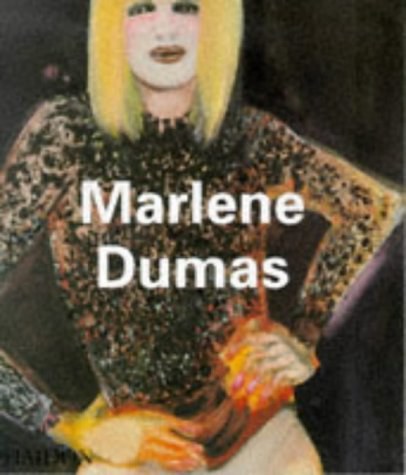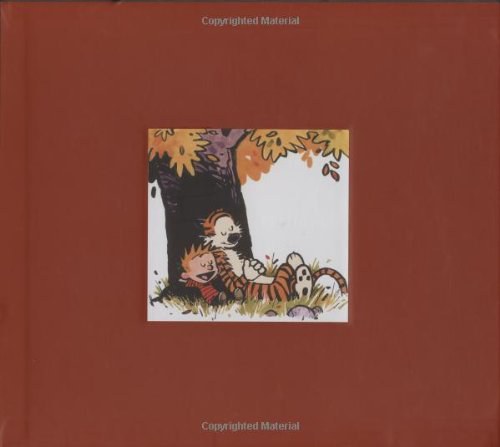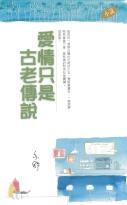
Michael Pollan《The Omnivore's Dilemma》
书刊介绍
内容简介
The bestselling author of The Botany of Desire explores the ecology of eating to unveil why we consume what we consume in the twenty-first century
"What should we have for dinner?" To one degree or another this simple question assails any creature faced with a wide choice of things to eat. Anthropologists call it the omnivore's dilemma. Choosing from among the countless potential foods nature offers, humans have had to learn what is safe, and what isn't-which mushrooms should be avoided, for example, and which berries we can enjoy. Today, as America confronts what can only be described as a national eating disorder, the omnivore's dilemma has returned with an atavistic vengeance. The cornucopia of the modern American supermarket and fast-food outlet has thrown us back on a bewildering landscape where we once again have to worry about which of those tasty-looking morsels might kill us. At the same time we're realizing that our food choices also have profound implications for the health of our environment. The Omnivore's Dilemma is bestselling author Michael Pollan's brilliant and eye-opening exploration of these little-known but vitally important dimensions of eating in America.
Pollan has divided The Omnivore's Dilemma into three parts, one for each of the food chains that sustain us: industrialized food, alternative or "organic" food, and food people obtain by dint of their own hunting, gathering, or gardening. Pollan follows each food chain literally from the ground up to the table, emphasizing our dynamic coevolutionary relationship with the species we depend on. He concludes each section by sitting down to a meal--at McDonald's, at home with his family sharing a dinner from Whole Foods, and in a revolutionary "beyond organic" farm in Virginia. For each meal he traces the provenance of everything consumed, revealing the hidden components we unwittingly ingest and explaining how our taste for particular foods reflects our environmental and biological inheritance.
We are indeed what we eat-and what we eat remakes the world. A society of voracious and increasingly confused omnivores, we are just beginning to recognize the profound consequences of the simplest everyday food choices, both for ourselves and for the natural world. The Omnivore's Dilemma is a long-overdue book and one that will become known for bringing a completely fresh perspective to a question as ordinary and yet momentous as What shall we have for dinner?
相关推荐
-

金瓶梅闲谭
金瓶梅闲谭 本书特色 解密人物悬疑,细说前因后果,为你展现不为人知的名著真相。金瓶梅闲谭 内容简介 明代末年,有所谓的“四大奇书”之说,而《金瓶梅》则是被人誉为...
-

钱钟书《管锥编(全五册)》
《管锥编》是钱钟书先生生前的一部笔记体的巨著。同他的《谈艺录》、《七缀集》不一样,《管锥编》不能被归入任何的学术体例当中
-

中国儿童文学名家作品精选丛书-洪汛涛作品精选
中国儿童文学名家作品精选丛书-洪汛涛作品精选 本书特色 本书选收作家洪汛涛先生的各个时期的各种体裁的作品15篇。希望通过这些作品,反映作家50多年来的创作生涯,...
-

后革命时代的焦虑
后革命时代的焦虑 本书特色 徐刚的研究偏重在对于当代文学的研究上,《后革命时代的焦虑》中很大一部分是研究“十七年文学”的。正如中山大学郭冰茹教授在《走笔至此》一...
-

中国文学史
中国文学史 本书特色 1.国学大师钱穆文学史著作,尘封六十年横空出世2.一本让钱理群、洪子诚、莫砺锋、刘再复、陈平原、陈思和、王德威等二十几位大学者激动发声的奇...
-

自制的海图
自制的海图 内容简介 本书有二篇长文,一篇是关于“五四”与知识分子的研究,另一篇是对本世纪后五十年中国文学中散文写作的窥测。自制的海图 目录 题记上编 五四之魂...
-

鲁迅汉文学史纲要 鲁讯中国小说史略
鲁迅汉文学史纲要鲁讯中国小说史略 本书特色 中国学术文化名著文库,旨在为读者提供20世纪二三十年代以来的中国学术精品。当时,学问家经历了新文化运动,西学东渐,学...
-

华夏婚书婚俗
华夏婚书婚俗 本书特色 该书能过清末民初以来,近一个世纪各个时期珍贵的婚嫁文书实物,讲述了有关民间流传的种种婚嫁模式。这是一本融史料性、知识性于一体,图文并茂研...
-

先唐文学人神遇合的主题研究
先唐文学人神遇合的主题研究 本书特色 《先唐文学"人神遇合"的主题研究》是由人民出版社出版的。先唐文学人神遇合的主题研究 内容简介 所谓“人神遇合”,实际上是以...
-

劳伦斯——儿子和情人
劳伦斯——儿子和情人 内容简介 《儿子和情人》是英国著名作家D·H·劳伦斯的成名著,在这部以他本人青年时代生活为蓝本的小说中,作者通过对母子之情与恋人之情的细腻...
-

幾米《聽幾米唱歌.簽名愛藏版 (小開本)》
靜靜的聆聽內心世界的聲音,常常有令人歡喜的旋律響起。可以簡單、可以深沈,可以抒情、可以喧鬧。幾米用他清新的畫風,幽默的筆
-

上海文化与上海文学
上海文化与上海文学 节选 节异化社会中的都市人物 “城市环境的*终产物,表现为它培养成的各种新型人格。”①由于都市独特的商业背景与...
-

词学通论-版画插图版
词学通论-版画插图版 本书特色 《词学通论》是吴梅在大学教书时的一本讲义,也是他的代表作之一。所谓通论,即从各个方面、各个角度来研究词。归纳起来,主要是论词与音...
-

猫腻《间客》
世界上有两件东西能够深深地震撼人们的心灵,一件是我们心中崇高的道德准则,另一件是我们头顶上灿烂的星空——康德当许乐从这行
-

《金瓶梅》语言研究文集
《金瓶梅》语言研究文集 内容简介 《金瓶梅》研究已经成为显学,“金学”在学界已经和“红学”一样已经被大家接受。20世纪80年代以来,《金瓶梅》研究在文学领域各个...
-

孔明忧思录
孔明忧思录 内容简介 专家们认为,诸葛亮的和谐社会观与现今构建和谐社会相吻合。诸葛亮深知国以民为本,民以食为天的道理,关心民众,重视农业生产。他这一思想和当今国...
-

西苑三海楹联匾额通解
西苑三海楹联匾额通解 本书特色 李文君编著的《西苑三海楹联匾额通解》辑录了北京南海、中海、北海的楹联匾额,并对其进行注释与解读,逐字考索,解读典故,自先秦汉唐经...
-

Fox|小莫《过激行为》
这是一座孤岛监狱。在这里违法的事被纵容,并且光明正大,这里实行的是另一套完全不同的规则。“你可以主宰犯人的生死。仅限于这
-

先秦汉魏晋妇女观与文学中的女性
先秦汉魏晋妇女观与文学中的女性 内容简介 本书内容包括:先秦妇女观与文学中的女性、汉代妇女观与文学中的女性、汉魏时期妇女观与文学中的女性、正始玄学与女性形象的转...
-

唐诗杂论
唐诗杂论 本书特色 《唐诗杂论》是闻一多先生的一本名著,其中的文章大都发表在二十世纪二三十年代的报章杂志上,后来汇编成册。书中内容涉及类书与诗的优劣,宫体诗的堕...





